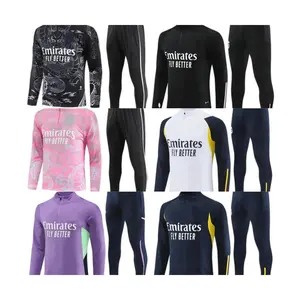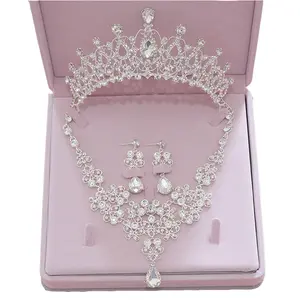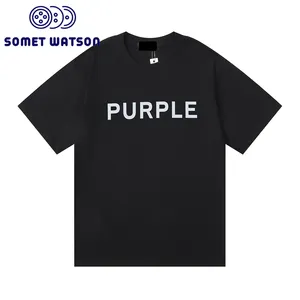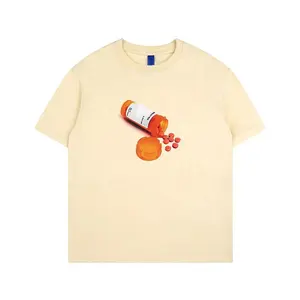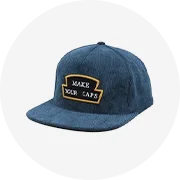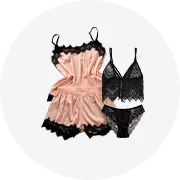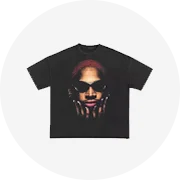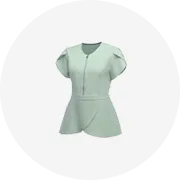Phổ biến trong ngành của bạn

Hộp Đựng Tiền Bằng Gỗ Thủy Tinh In Theo Yêu Cầu Tự Làm Hộp Tiết Kiệm Heo Đất Hộp Đựng Tiền 3D Bóng Cho Trẻ Em
0,98 US$ - 1,36 US$
Đơn hàng tối thiểu: 600 Cái


Tiết Kiệm Tiền Hộp Khung Ảnh Bóng Hộp Bán Buôn Vuông Bằng Gỗ Cho Trẻ Em Con Heo Đất Ngân Hàng Quà Tặng Khuyến Mại Tùy Chỉnh Màu Sắc An Toàn Ngân Hàng
1,51 US$ - 1,67 US$
Đơn hàng tối thiểu: 2 Cái
Vận chuyển mỗi chiếc: 28,36 US$


Hộp Tiết Kiệm Trang Trí Hình Quỹ Thủy Tinh Hộp Quà Tặng Hình Heo Đất Bằng Gỗ Hộp Đựng Tiền Xu Đám Cưới Bằng Gỗ
0,90 US$ - 1,69 US$
Đơn hàng tối thiểu: 300 Cái
Vận chuyển mỗi chiếc: 1,22 US$


Cổ Phiếu Bán Buôn Cao Cấp Cốc Gốm Bao Bì Hộp Vuông Hộp Gỗ Quà Tặng Bao Bì Gỗ Rắn Bao Bì Tre Hộp Gỗ
2,50 US$ - 3,10 US$
Đơn hàng tối thiểu: 100 Cái
Vận chuyển mỗi chiếc: 0,94 US$


Tùy Chỉnh Hoa Vận Chuyển Hộp Bảo Quản Bó Hoa Sóng Hộp Giao Hàng Biểu Tượng Tùy Chỉnh Nâu Kraft Sóng Bao Bì Hộp
0,01 US$ - 0,20 US$
Đơn hàng tối thiểu: 500 Cái


Ấn Độ Thêm Lớn NZ Tiền Cuộn Tự Làm Sinh Thái Thân Thiện Với Đồ Trang Sức Sang Trọng Anh Giao Hàng Hộp Quà Tặng Cho Anh
0,07 US$ - 0,30 US$
Đơn hàng tối thiểu: 2 Cái
Vận chuyển mỗi chiếc: 50,00 US$
1 yrsNhà cung cấp

Sinh Nhật Bất Ngờ Hộp Quà Tặng Với Confetti Nổ Cho Tiền Tiền Mặt Nổ Tự Làm Hộp Quà Tặng Cho Phụ Nữ Người Đàn Ông Kid
0,01 US$ - 0,09 US$
Đơn hàng tối thiểu: 1000 Cái

Nhà Hình An Toàn Tự Làm Hộp Tiền
0,59 US$ - 0,96 US$
Đơn hàng tối thiểu: 100 Cái
Vận chuyển mỗi chiếc: 1,17 US$

Trẻ Em Gỗ Nguyên Bản Sáng Tạo Vật Liệu DIY Nhà Tiết Kiệm Tiền Hộp Gỗ Tô Màu Đồ Chơi Sáng Tạo Hộp Tiền
0,97 US$ - 1,06 US$
Đơn hàng tối thiểu: 50 Cái

Tự làm thiết lập độc đáo bất ngờ sinh nhật Hộp quà tặng, chúc mừng sinh nhật ngày tiền hộp cho món quà tiền mặt kéo
1,50 US$
Đơn hàng tối thiểu: 1000 Cái

Liên Hệ Nhà Cung Cấp Tags: Ngân Hàng Đồng Xu | Ngân Hàng Đồng Xu
Sẵn sàng vận chuyển
0,99 US$
Đơn hàng tối thiểu: 100 Cái
Vận chuyển mỗi chiếc: 0,66 US$

Tự làm gốm tiết kiệm ngân hàng và Gnome đất sét nồi Sơn-của riêng bạn Quà Tặng đặt người lớn và trẻ em thân thiện cho hộp tiền
0,66 US$ - 1,38 US$
Đơn hàng tối thiểu: 1200 Cái
Vận chuyển mỗi chiếc: 4,56 US$
Các danh mục hàng đầu
Giới thiệu về hộp tiền tự làm thân thiện với môi trường
Mua sắm cho. hộp tiền tự làm thân thiện với môi trường trên Alibaba.com để tìm nhiều loại cho mỗi mùa. Đặt các đơn đặt hàng nhỏ để sử dụng cá nhân hoặc các lô hàng lớn để bán như một thương hiệu. Tìm kiếm. hộp tiền tự làm thân thiện với môi trường được thiết kế để mang lại sự thoải mái lâu dài và phong cách hợp thời trang. Mỗi chiếc đều kết hợp tốt với nhiều loại quần áo và phụ kiện khác để tạo thành những bộ trang phục linh hoạt cho mọi dịp. Tìm các nhà cung cấp khác nhau để giúp bạn có được mức giá phù hợp.
Hầu hết. hộp tiền tự làm thân thiện với môi trường có tay áo ngắn khiến chúng trở nên lý tưởng để giữ mát trong thời tiết ấm hơn. Một số được thiết kế để có vẻ ngoài thời trang, trong khi những chiếc khác được thiết kế để mặc thể thao. Hãy tìm quần áo làm từ vải dệt thoi như cotton khi bạn cần một thứ gì đó thoải mái. Các loại vải như spandex hoặc tre cho phép linh hoạt và co giãn để vừa vặn hơn.
Hầu hết các nhà sản xuất. hộp tiền tự làm thân thiện với môi trường trên Alibaba.com cho phép nhiều tùy chọn tùy chỉnh. Đặt một lô hàng chỉ với màu sắc và kích thước phù hợp với nhu cầu của bạn. Bao bì và đồ họa cũng có thể được thực hiện theo đơn đặt hàng, đảm bảo quần áo của bạn sẽ trông giống như cách bạn muốn. Một số nhà cung cấp cung cấp các lô hàng mẫu để dùng thử sản phẩm trước khi đặt hàng với kích thước đầy đủ trong tương lai.
Tìm kiếm. hộp tiền tự làm thân thiện với môi trường trên Alibaba.com để nhận được nhiều thứ bạn cần trong khi vẫn nằm trong phạm vi ngân sách của bạn. Có nhiều lựa chọn phiên bản thời trang và thể thao. Cho dù bạn cần chúng cho chính bạn hay khách hàng của bạn,. hộp tiền tự làm thân thiện với môi trường có thể được tìm thấy với các tính năng và kiểu dáng phù hợp với sở thích của bạn.
Hầu hết. hộp tiền tự làm thân thiện với môi trường có tay áo ngắn khiến chúng trở nên lý tưởng để giữ mát trong thời tiết ấm hơn. Một số được thiết kế để có vẻ ngoài thời trang, trong khi những chiếc khác được thiết kế để mặc thể thao. Hãy tìm quần áo làm từ vải dệt thoi như cotton khi bạn cần một thứ gì đó thoải mái. Các loại vải như spandex hoặc tre cho phép linh hoạt và co giãn để vừa vặn hơn.
Hầu hết các nhà sản xuất. hộp tiền tự làm thân thiện với môi trường trên Alibaba.com cho phép nhiều tùy chọn tùy chỉnh. Đặt một lô hàng chỉ với màu sắc và kích thước phù hợp với nhu cầu của bạn. Bao bì và đồ họa cũng có thể được thực hiện theo đơn đặt hàng, đảm bảo quần áo của bạn sẽ trông giống như cách bạn muốn. Một số nhà cung cấp cung cấp các lô hàng mẫu để dùng thử sản phẩm trước khi đặt hàng với kích thước đầy đủ trong tương lai.
Tìm kiếm. hộp tiền tự làm thân thiện với môi trường trên Alibaba.com để nhận được nhiều thứ bạn cần trong khi vẫn nằm trong phạm vi ngân sách của bạn. Có nhiều lựa chọn phiên bản thời trang và thể thao. Cho dù bạn cần chúng cho chính bạn hay khách hàng của bạn,. hộp tiền tự làm thân thiện với môi trường có thể được tìm thấy với các tính năng và kiểu dáng phù hợp với sở thích của bạn.

